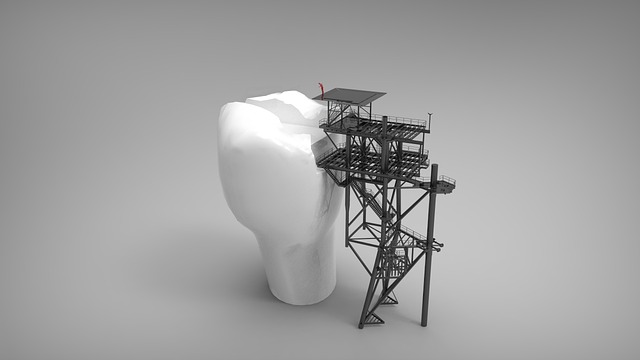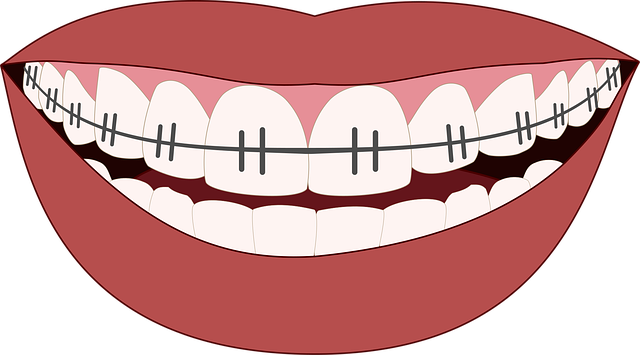Pediatric dentists specialize in managing children's dental health from ages 2 to 5, focusing on habits like brushing and preventive care. Composite and amalgam fillings are common options for repairs, with composite offering aesthetics and durability, while amalgam is suitable for younger kids or extensive decay due to its safety when correctly placed. These specialists provide comprehensive services, educate children, and ease anxiety through child-friendly explanations and calming environments. Proper aftercare, including avoiding sugary foods and regular check-ups, promotes healing and instills positive oral health habits in young patients.
“Ensure your little ones’ smiles stay healthy with our comprehensive guide to kid-friendly tooth fillings. From understanding essential dental procedures to exploring common types and expert care, this article covers all bases for parents seeking the best for their children’s oral health. Learn about the role of a pediatric dentist in navigating this process, preparing your child for the procedure, and vital aftercare tips for long-lasting results. Discover the key steps to maintaining your kid’s sparkling smile.”
- Understanding Tooth Fillings for Kids
- Common Types of Pediatric Fillings
- The Role of a Pediatric Dentist
- Preparing Your Child for the Procedure
- Aftercare and Maintenance Tips
Understanding Tooth Fillings for Kids

Tooth fillings are a common dental procedure, even for kids. A pediatric dentist is specially trained to address children’s unique needs and fears, ensuring a comfortable experience. When a tooth has a cavity that’s too large for a filling, a crown may be recommended. This involves removing the decayed portion of the tooth and placing a custom-made cap over it, protecting and restoring its function.
At the heart of maintaining a child’s dental health are healthy habits for their teeth, starting early. Parents play a crucial role in establishing good oral hygiene routines for toddlers aged 2 to 5. Regular brushing with fluoride toothpaste and visits to the kids’ dentist for preventive care can significantly reduce the risk of cavities. Promoting proper nutrition and limiting sugary foods and drinks also contribute to optimal oral health for young children.
Common Types of Pediatric Fillings

When it comes to pediatric fillings, several options are available depending on the child’s age and the extent of tooth decay. A pediatric dentist often recommends composite fillings for both primary (baby teeth) and permanent teeth in preschoolers and older children alike. Composite fillings, made from a mixture of resin and glass particles, offer a durable and aesthetically pleasing solution. They are bonded to the tooth, providing a strong and long-lasting repair that mimics the natural color of teeth.
For younger children or those with extensive decay, amalgam fillings might be suggested. These fillings, composed of mercury, silver, copper, and tin, have been used for decades and provide robust support. While they may not be as popular in dental offices for little ones due to the perception of mercury content, modern amalgams are considered safe when placed correctly by a qualified pediatric dentist. Additionally, amalgam fillings can effectively preserve the remaining tooth structure, ensuring better long-term health for both baby teeth and permanent successors.
The Role of a Pediatric Dentist

When it comes to a child’s dental health, a pediatric dentist plays a pivotal role. They are specialists in caring for young smiles, addressing their unique needs and concerns. From routine check-ups and cleanings to managing specific issues like teeth straightening for kids, these experts ensure your little one’s oral health is on track.
A pediatric dentist provides not only treatment but also education, teaching children about proper brushing techniques, healthy eating habits, and the importance of regular visits. This proactive approach helps prevent common dental problems, such as cavities, which can be particularly challenging in young patients due to their developing immune systems and tendency for sweet treats.
Preparing Your Child for the Procedure

Preparing your child for a tooth filling procedure can make the experience less daunting for both of you. Start by explaining the process in simple terms, focusing on how it will help their smile feel better and look more beautiful. A pediatric dentist can assist in tailoring this conversation to your child’s age and understanding. They might even use visual aids or storytelling to make the explanation more engaging.
At a child-centric dental practice, comfort is key. Many practices offer calming environments designed specifically for young patients, with soothing music, fun decor, and friendly staff. Encouraging good baby teeth care and treatment through positive experiences from an early age can set the tone for a lifetime of healthy oral habits.
Aftercare and Maintenance Tips

After a pediatric dentist has performed a tooth filling on your child, proper aftercare is essential to ensure the treated area heals correctly and prevent further issues. Encourage your child to avoid sugary foods and drinks for at least 24 hours following the procedure. This helps to reduce the risk of infection and promotes healing. Additionally, maintain good oral hygiene by gently brushing around the filled tooth, ensuring you do not irritate the area.
Regular dental check-ups are crucial for maintaining healthy habits for child’s teeth. Schedule follow-up appointments with your pediatric dentist as recommended, typically every six months. During these visits, the dentist can monitor the healing process and address any concerns or potential complications early on. Playful dental visits for children can make them feel more at ease and help foster a positive relationship with oral care, making it easier to maintain overall dental health.
When it comes to kid-friendly tooth fillings, a pediatric dentist plays a vital role in ensuring your child’s dental health. By understanding the various types of fillings and preparing your child for the procedure, you can navigate this essential step with ease. After the filling, proper aftercare and maintenance will help prevent future issues. Trusting a qualified pediatric dentist will ensure your child receives the best care possible, fostering a bright and healthy smile for years to come.














